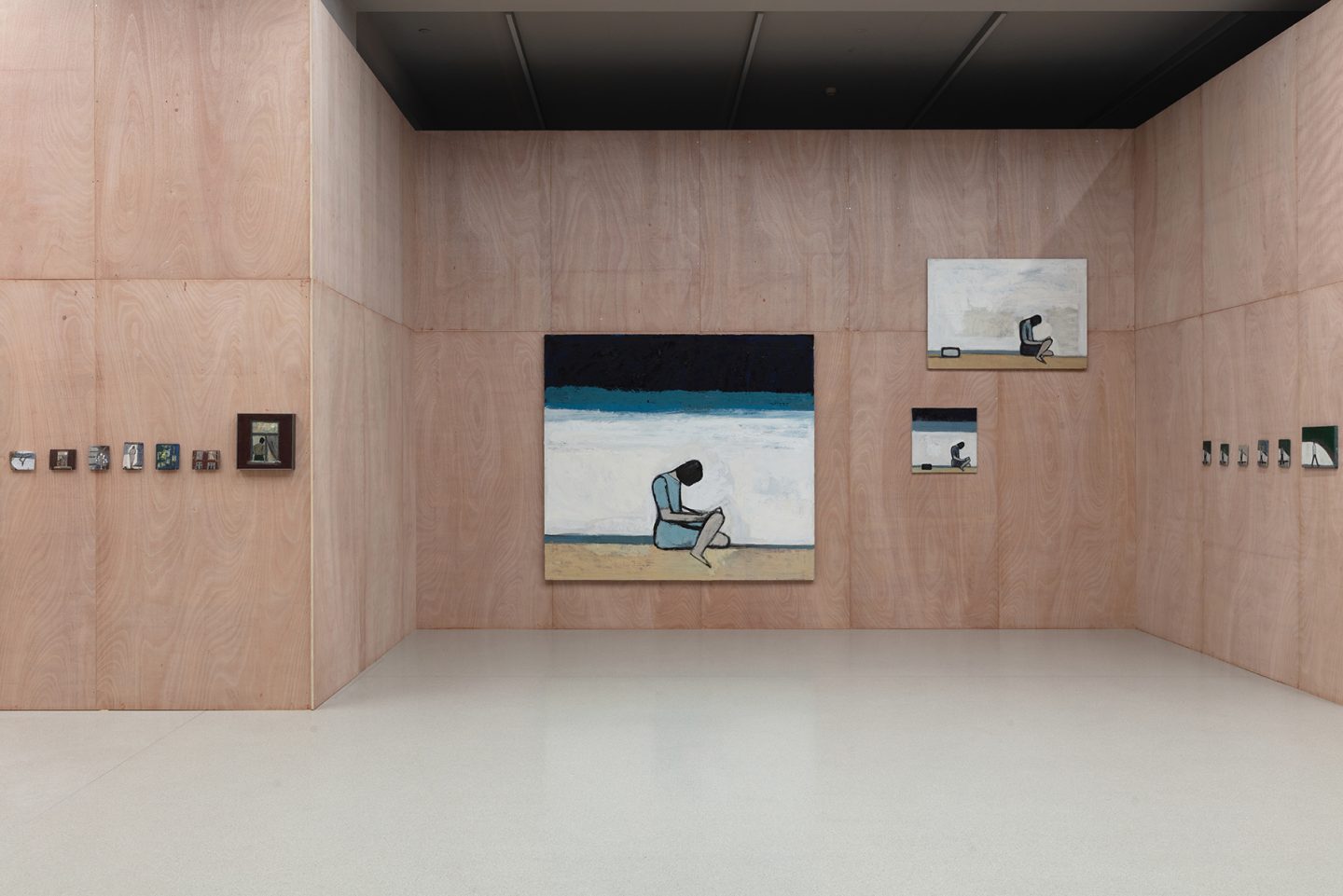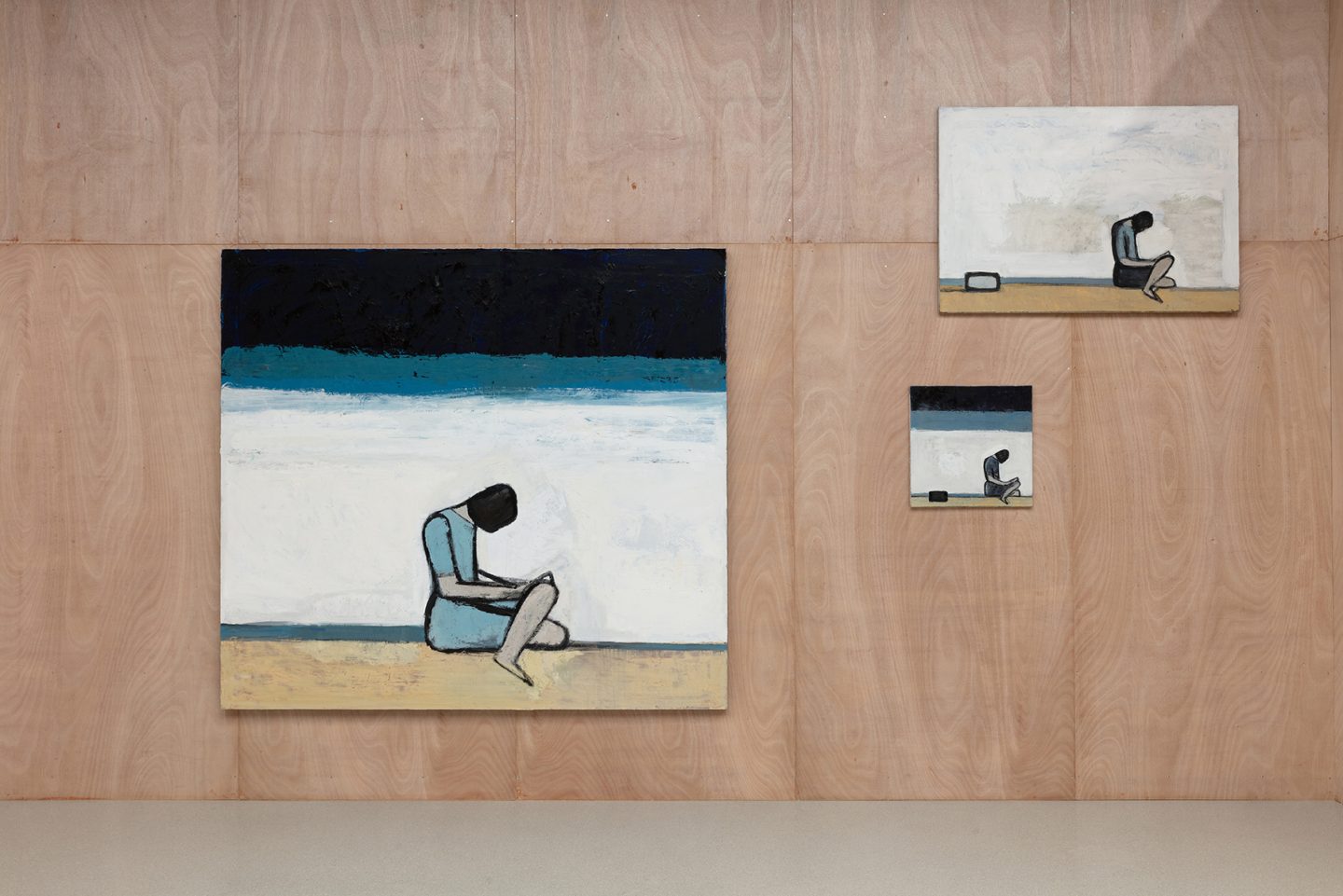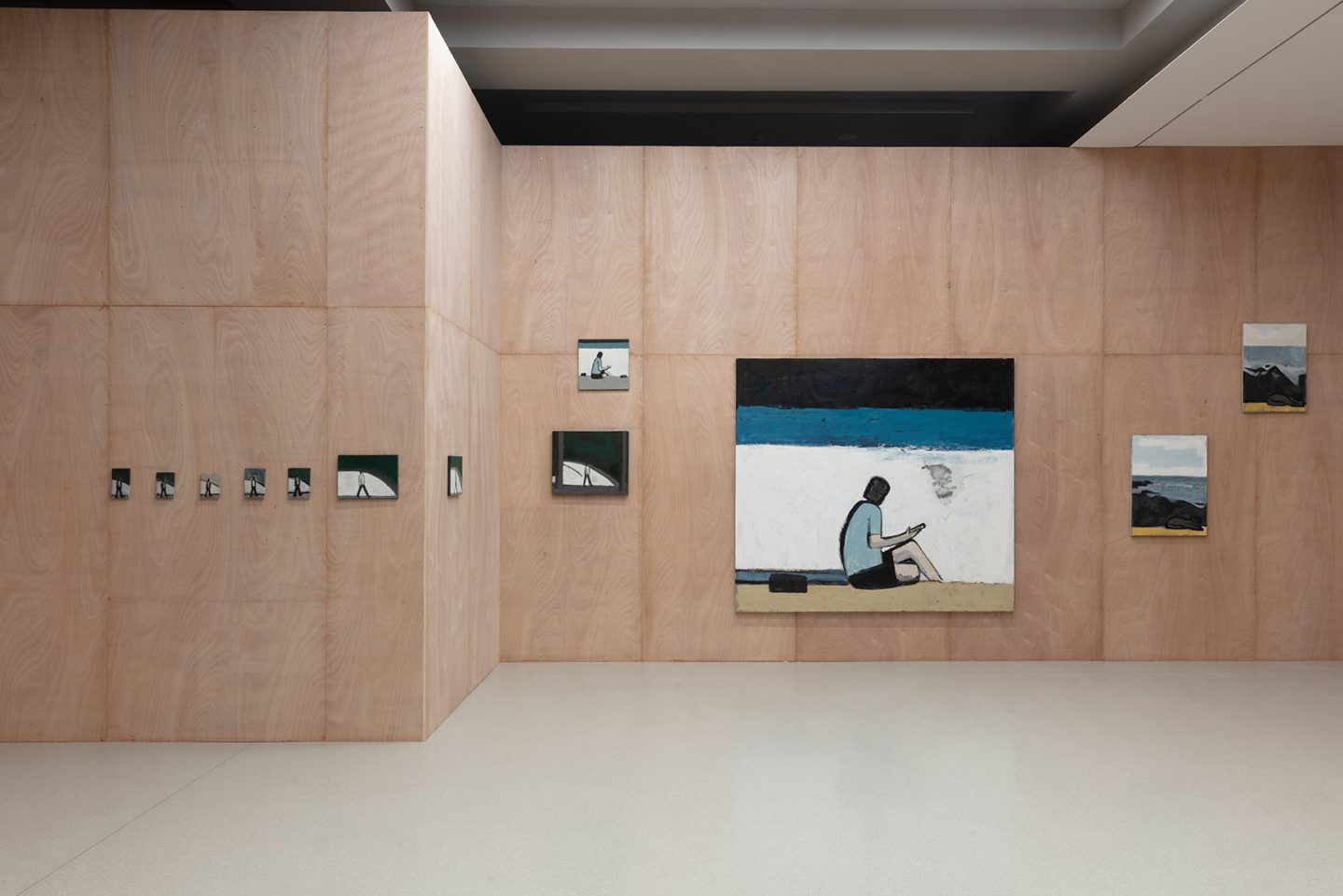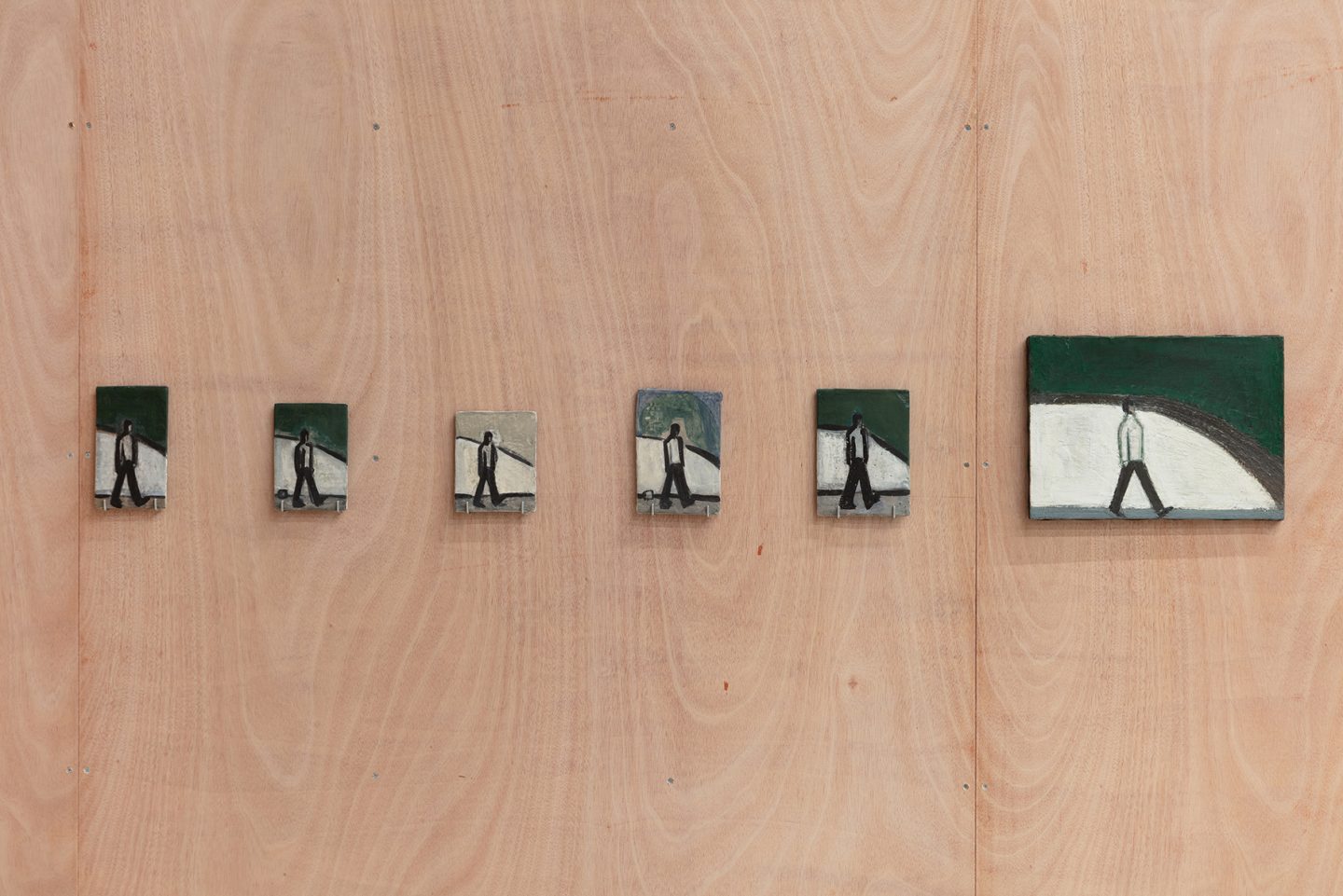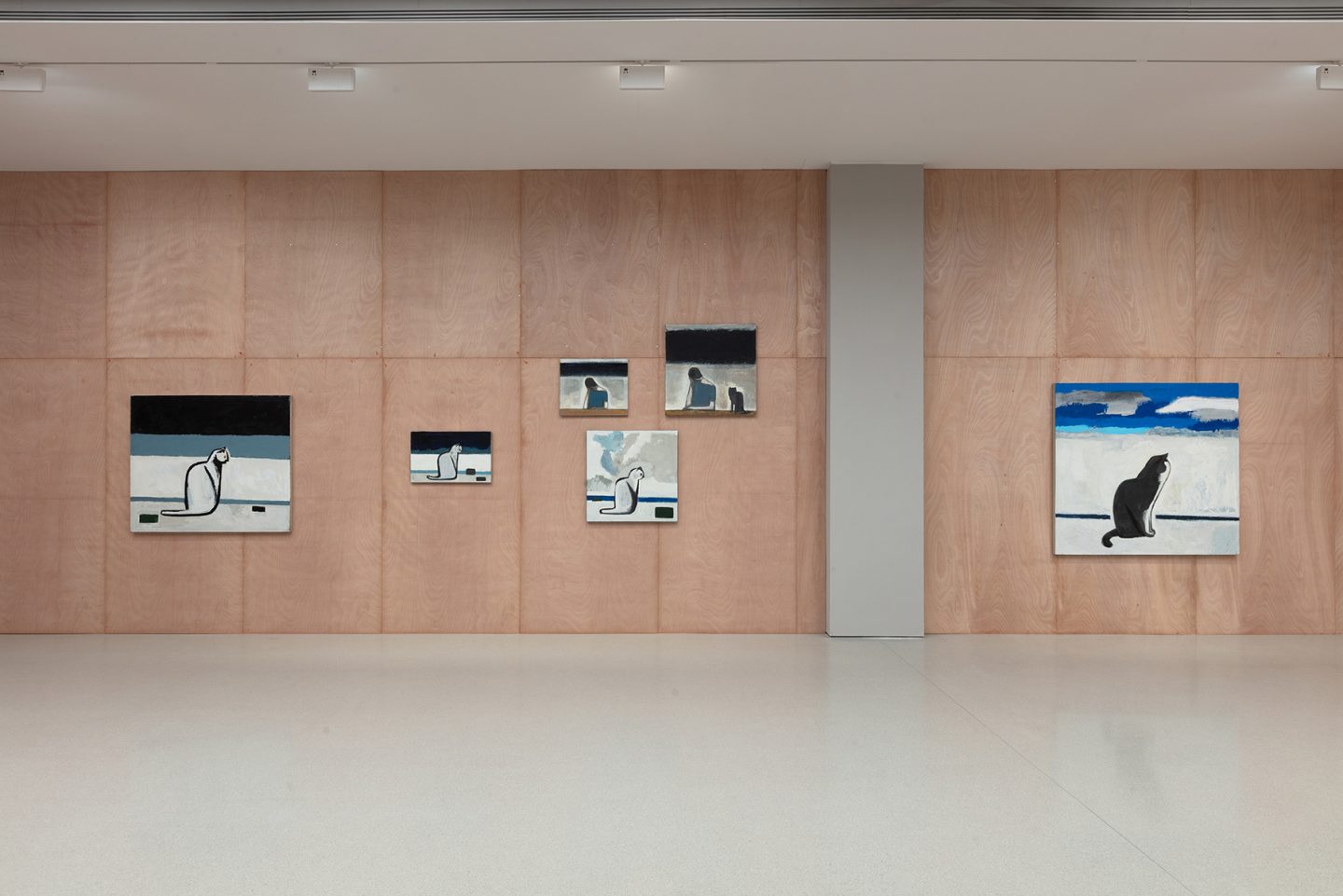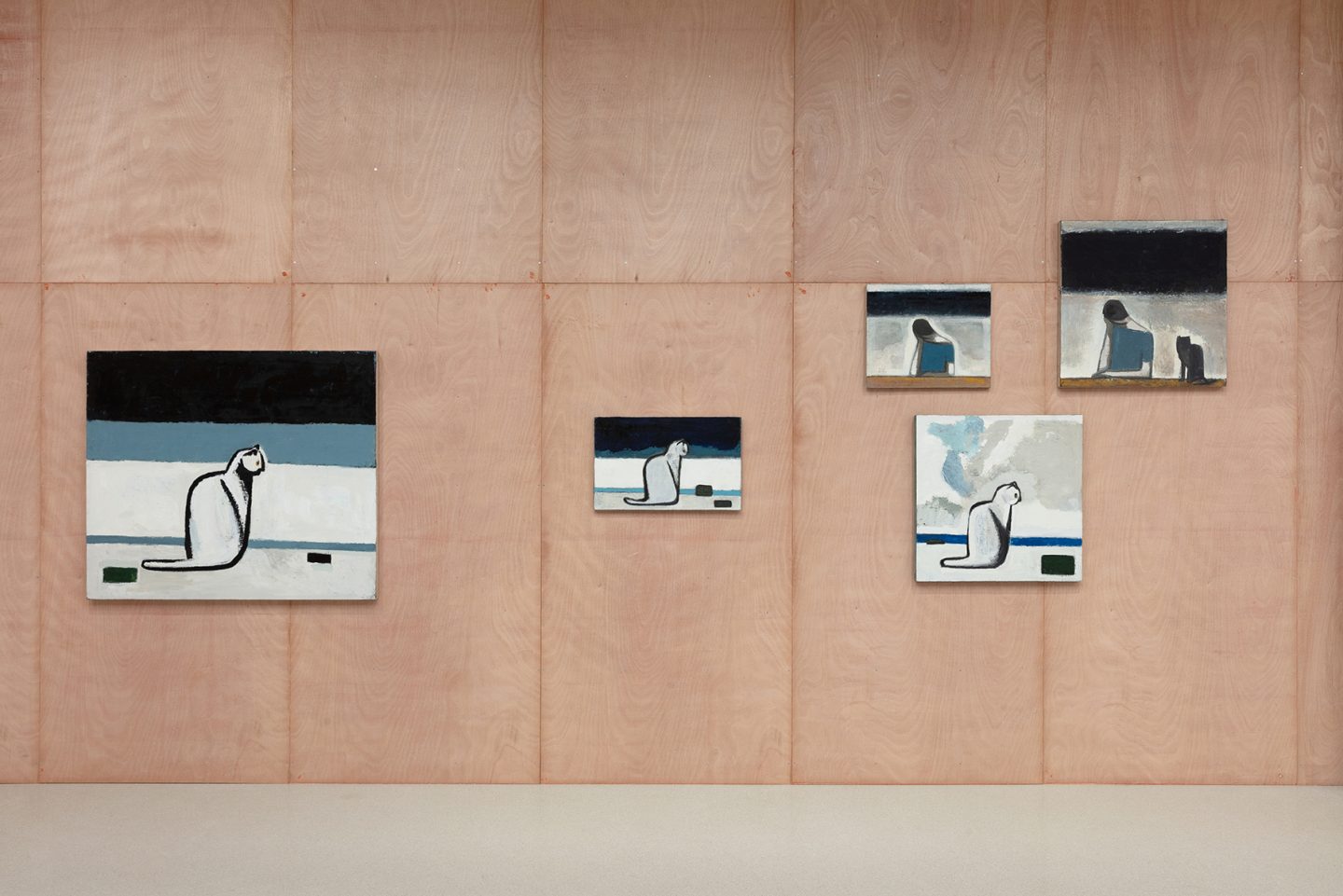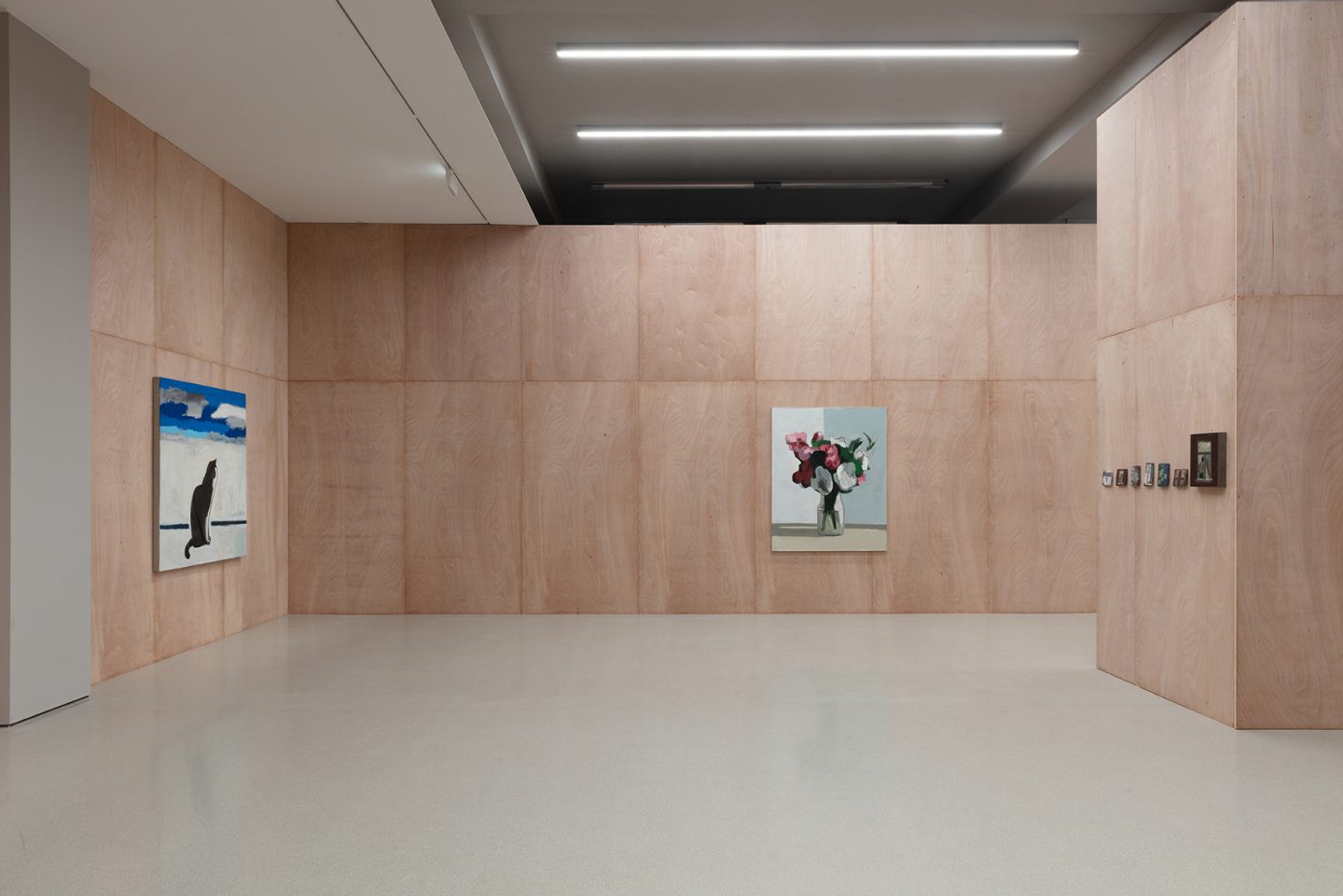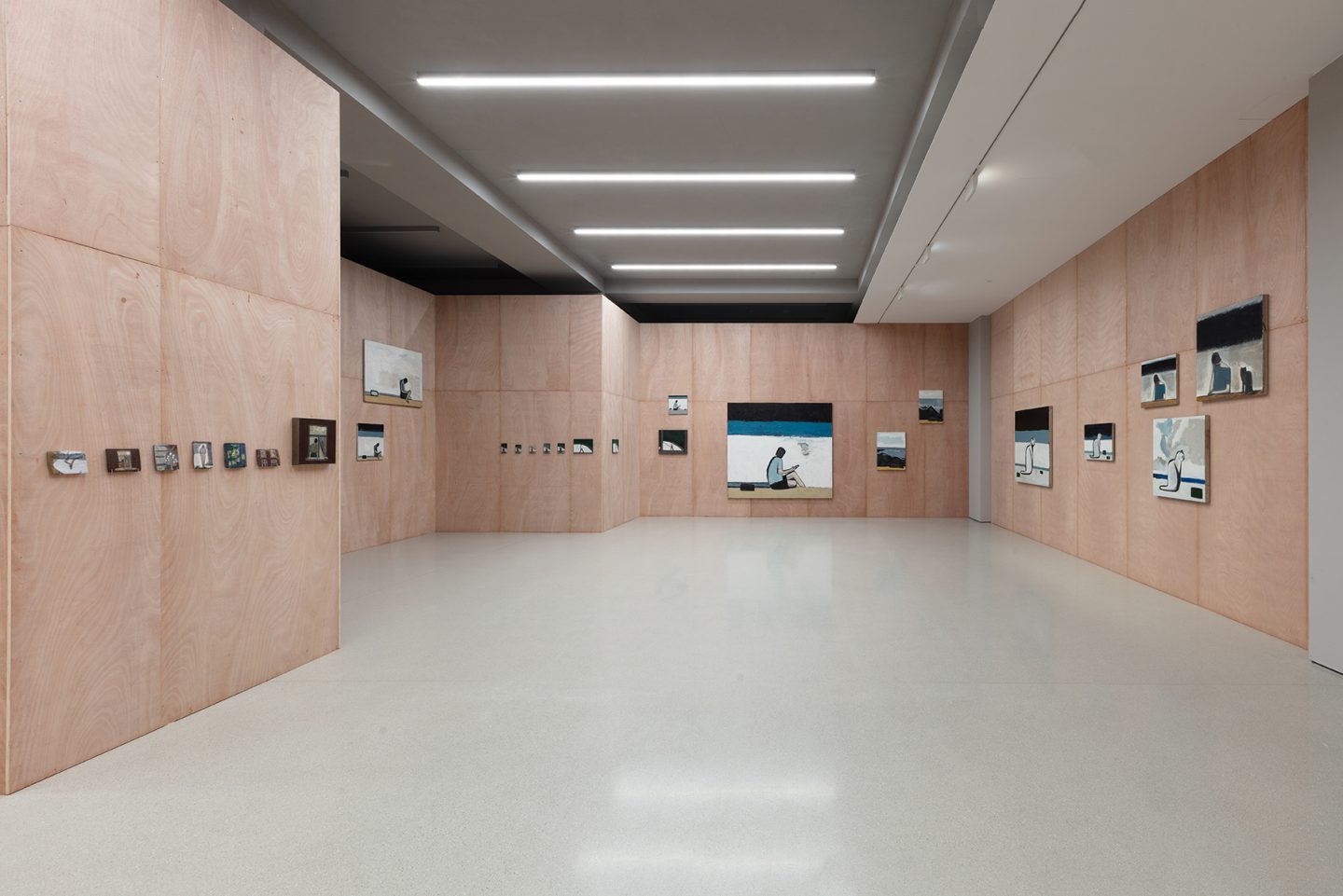








An area of the Beijing Airport Expressway side road is covered by hibiscus bushes, which sway in the wind amidst the surrounding traffic, and I have kept a few white ones over the years. Hibiscus is austere, gentle, and natural and thrives in almost any environment. I hope my paintings embody hibiscus’ characteristics in approaching nature and austerity. In the rotation of the seasons, it continues to grow, showing its original posture and quality.
-Liu Xiaohui
Liu Xiaohui’s first solo exhibition at White Space, “Hibiscus,” will open on February 25, 2023, and run through May 3, 2023. This exhibition will present the artist’s latest paintings.
Rough lines render the forms of figures or objects, impasto stacks up to purified blocks of color, and repeated brushwork are evidence of the painter’s continuous thoughts and actions. Liu Xiaohui’s paintings often reveal the most mundane moments in life. These works come from life and are familiar to everyone’s daily experience. They are not mere mechanical reproductions of photographic images or reproductions of the external world but the artist’s exploration and representation of his inner world. Unlike previous solo exhibitions in which creative methodology was adopted as an epiphenomenon, in this exhibition, Liu Xiaohui intends to incorporate more tangible life experiences into his paintings.
“The hibiscus flowers blossom in the garden; their glory befalls in the same morning.” He began raising hibiscus during the pandemic and sensed the power of nature in plants and their austerity. The hibiscus grows abiding by the law of nature, although its flowers vary in color, but are not bright and eye-catching. Despite its short flowering period, the plant seems to grow in any environment. Its body is graceful, dropping with the pull of gravity and swaying in the wind. The painter is most concerned with this law of natural growth in his current paintings. Subjects such as color, light, shape, form, composition, structure, and intention, Liu reflects continuously on these essential elements of the image that inform his feelings, thoughts, decisions, actions, states, and transformations. The emphasis is on regulation.
Instead of claiming the regulation of painting is the one for life, the medium of painting has become the way and means by which Liu Xiaohui discovers and understands the truth of life. Although his repetitive approximation of a particular motif is still evident, this approach, consistent in his practice, provides a path to generate better dialogues with his subjects. As a mode of thinking, a way to deeply understand a motif through repetition and explore its meaning from multiple perspectives. Or, in plain and simple terms, day-to-day life does not stage exaggerating theatricals, but the mundane. Repetition may be closer to the true nature of life and painting.
More specifically, for Liu Xiaohui, the “truth” encapsulated in painting should reflect in its internal “accuracy.” This kind of accuracy manifests not only as formal “precision” but how every painting element “truthfully” assumes its roles and meanings on canvas, each in its own place. For this reason, his paintings exclude general social semantics: flowers should be flowers, reading is about reading, and the paintings are exclusively themselves, and to allow them to be themselves without further allusion. This is the process of removing falsehoods and preserving the truth.
